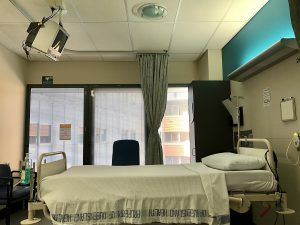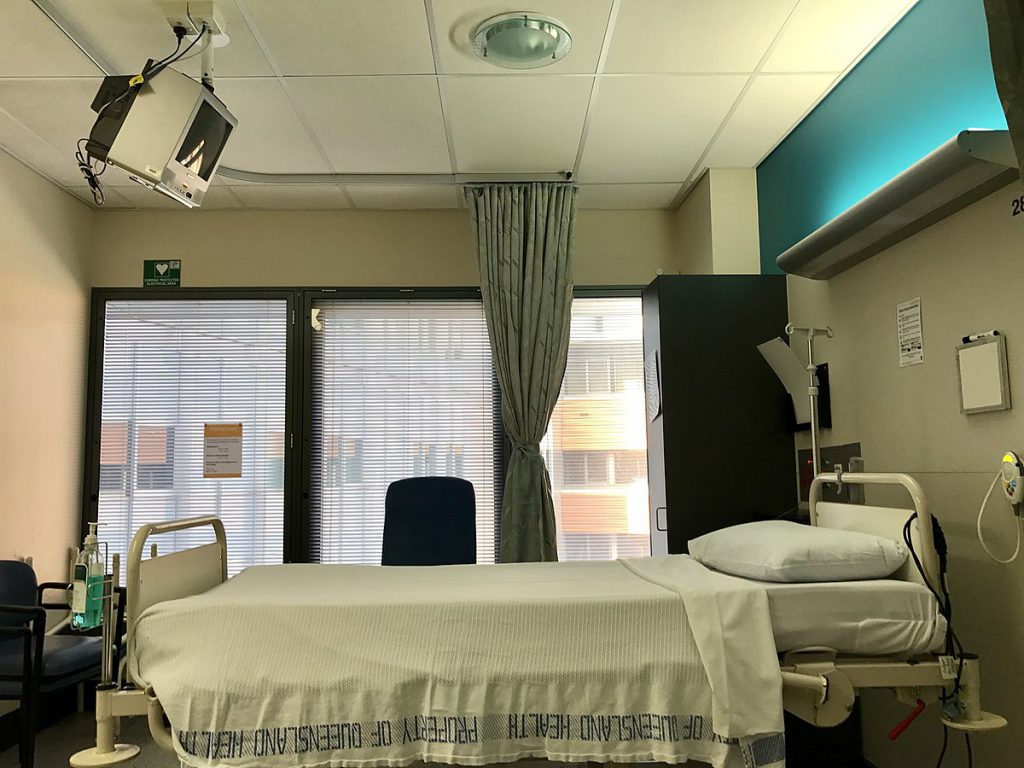
This article (“Collection of SARS-CoV-2 Virus from the Air of a Clinic within a University Student Health Care Center and Analyses of the Viral Genomic Sequence”) caught my attention initially because of the air sampling aspect, but upon reading the Abstract I was struck by something else. Here they did air sampling in a clinic and saw that the sample was positive for SARS-CoV-2. Very standard stuff. Then they moved onto culturing to look for live virus and found positive culturing results in Vero cells. Also pretty standard. But they then looked at the virus that was actually killing the Vero cells… and it wasn’t SARS-CoV-2. It was actually three other respiratory viruses. This worries me quite a bit in the context of then having false positive culturing results. Should we be confirming that the positive culturing results are actually due to SARS-CoV-2? Abstract below:
The progression of COVID-19 worldwide can be tracked by identifying mutations within the genomic sequence of SARS-CoV-2 that occur as a function of time. Such efforts currently rely on sequencing the genome of SARS-CoV-2 in patient specimens (direct sequencing) or of virus isolated from patient specimens in cell cultures. A pilot SARS-CoV-2 air sampling study conducted at a clinic within a university student health care center detected the virus vRNA, with an estimated concentration of 0.87 virus genomes L–1 air. To determine whether the virus detected was viable (‘live’), attempts were made to isolate the virus in cell cultures. Virus-induced cytopathic effects (CPE) were observed within two days post-inoculation of Vero E6 cells with collection media from air samples; however, rtRT-PCR tests for SARS-CoV-2 vRNA from cell culture were negative. Instead, three other fast-growing human respiratory viruses were isolated and subsequently identified, illustrating the challenge in isolating SARS-CoV-2 when multiple viruses are present in a test sample. The complete SAR-CoV-2 genomic sequence was nevertheless determined by Sanger sequencing and most closely resembles SARS-CoV-2 genomes previously described in Georgia, USA. Results of this study illustrate the feasibility of tracking progression of the COVID-19 pandemic using environmental aerosol samples instead of human specimens. Collection of a positive sample from a distance more than 2 m away from the nearest patient traffic implies the virus was in an aerosol.

Good catch David……QA/QC!
All too often, some only read read the abstract and perhaps the convulsions section and pay no attention to materials and methods. Come to think of it….I seem to remember that we had this conversation once before……quite some time ago.
Editorial correction: “Conclusions” section
Word programs make assumptions too quickly and I often miss their changes before posting.